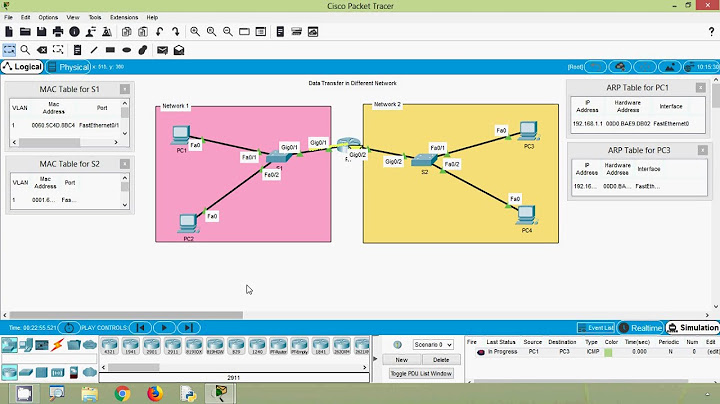The level of measurement refers to the relationship among the values that are assigned to the attributes for a variable. What does that mean? Begin with the idea of the variable, in this example “party affiliation.” Show
 That variable has a number of attributes. Let’s assume that in this particular election context the only
relevant attributes are “republican”, “democrat”, and “independent”. For purposes of analyzing the results of this variable, we arbitrarily assign the values Why is Level of Measurement Important?First, knowing the level of measurement helps you decide how to interpret the data from that variable. When you know that a measure is nominal (like the one just described), then you know that the numerical values are just short codes for the longer names. Second, knowing the level of measurement helps you decide what statistical analysis is appropriate on the values that were assigned. If a measure is nominal, then you know that you would never average the data values or do a t-test on the data. There are typically four levels of measurement that are defined:
In nominal measurement the numerical values just “name” the attribute uniquely. No ordering of the cases is implied. For example, jersey numbers in basketball are measures at the nominal level. A player with number In ordinal measurement the attributes can be rank-ordered. Here, distances between attributes do not have any meaning. For example, on a survey you might code Educational Attainment as 0=less than high school; 1=some high school.; 2=high school degree; 3=some college; 4=college degree; 5=post college. In this measure, higher numbers mean more education. But is distance from 0 to 1 same as 3 to 4? Of course not. The interval between values is not interpretable in an ordinal measure.  In interval measurement the distance between attributes does have meaning. For example, when we measure temperature (in Fahrenheit), the distance from 30-40 is same as distance from 70-80. The interval between values is interpretable. Because of this, it makes sense to compute an average of an interval variable, where it doesn’t make sense to do so for ordinal scales. But note that in interval measurement ratios don’t make any sense - 80 degrees is not twice as hot as 40 degrees (although the attribute value is twice as large). Finally, in ratio measurement there is always an absolute zero that is meaningful. This means that you can construct a meaningful fraction (or ratio) with a ratio variable. Weight is a ratio variable. In applied social research most “count” variables are ratio, for example, the number of clients in past six months. Why? Because you can have zero clients and because it is meaningful to say that “…we had twice as many clients in the past six months as we did in the previous six months.” It’s important to recognize that there is a hierarchy implied in the level of measurement idea. At lower levels of measurement, assumptions tend to be less restrictive and data analyses tend to be less sensitive. At each level up the hierarchy, the current level includes all of the qualities of the one below it and adds something new. In general, it is desirable to have a higher level of measurement (e.g., interval or ratio) rather than a lower one (nominal or ordinal).
When the data or labels or names used to identify an attribute of the elements the variable has which scale of measurement?When the data for a variable consists of labels or names used to identify an attribute of the element, the scale of measurement is considered a nominal scale.
What are labels used for in data sets quizlet?Labels or names used to identify an attribute of each element. Categorical data use either the nominal or ordinal scale of measurement and may be nonnumeric or numeric.
What is the set of measurements collected for a particular element called population sample observation variable?A set of measurements collected on every experimental unit of the entire collection of data is known as population. Census is one such data collection method where the researcher collects data on every experimental unit. Therefore the answer is a) census.
What is the set of measurements collected for a particular element called?The set of measurements for a particular element is called an observation.
|

zusammenhängende Posts
Werbung
NEUESTEN NACHRICHTEN
Wie lange braucht leber um sich vom alkohol zu erholen
1 Jahrs vor . durch ElectromagneticSubcommitteeWerbung
Populer
Werbung

Urheberrechte © © 2024 de.ketajaman Inc.


















